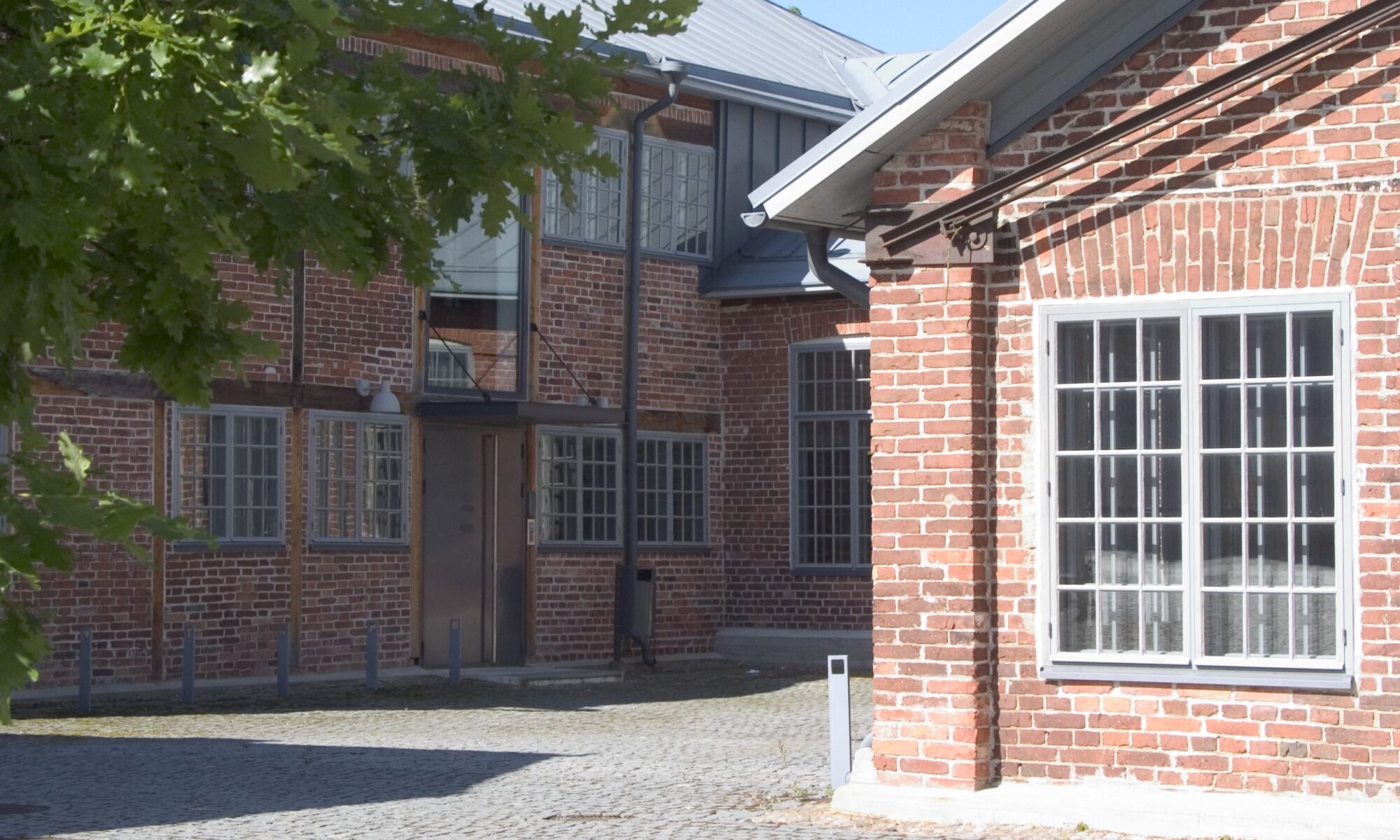Idastiina Valtasalmi, Tampere University
Easy Finnish (selkokieli) is an adapted language form that is made easier in terms of words, structure, and content (Selkokeskus 2021). It is designed to make information accessible for people who find standard Finnish too difficult to read and understand. Easy Finnish has been used since the 1980s, and the first guidebooks were published in the 1990s (see Leskelä 2021 for a review). Guidelines have been developed over the years, and today, criteria for basic-level easy Finnish are presented in Selkomittari, a practical tool for assessing the language and layout of easy Finnish texts (Selkokeskus 2018). Despite being widely used, most guidelines for easy Finnish are practical writing instructions based on experience rather than scientific research. This presentation focuses on text-based perspectives to easy language research and the use of corpora in developing easy language theory.
Since the 2010s, text-based research approaches have introduced new perspectives to easy language. Corpus studies have been used to empirically describe the properties of easy languages in countries, where such corpora are available. In Finland, easy language corpora include newspaper texts from Selkosanomat/Selkouutiset and Leija (University of Helsinki 2017), and news texts from Yle news archive in easy-to-read Finnish (Yleisradio). The corpora are currently used in several ongoing studies. In other European countries, corpus analyses have been conducted, for example, to study the properties of easy German (see, e.g., Rink 2020) and to compare the linguistic properties of easy-to-read and standard Dutch newspaper texts (Vandeghinste & Bulté 2019).
This presentation will focus on the effects that easy Finnish guidelines may or may not have on basic-level easy Finnish. How does language change, when certain linguistic forms are recommended as easy-to-read variants, and others are restricted? The topic is discussed based on the results of a published research article on the meanings and use of the word ihminen (‘human, person’) in easy-Finnish newspaper texts (Valtasalmi 2021). Discussion will also include observations made during ongoing research.
References
Leskelä, Leealaura (2021). Easy language in Finland. In Camilla Lindholm & Ulla Vanhatalo (Eds.). Handbook of easy languages in Europe. 149–190.
Frank & Timme: Berlin. Rink, Isabel (2020). Rechtskommunikation und Barrierefreiheit. Zur Übersetzung juristischer Informations- und Interaktionstexte in Leichte Sprache (Vol. 1). Berlin, Frank & Timme.
Selkokeskus (2018). Selkomittari. Selkokeskus, Kehitysvammaliitto. Retrieved from https://selkokeskus.fi/wp-content/uploads/2018/10/SELKOMITTARI_2018_11.10.18.pdf
Selkokeskus (2021). Guidelines and instructions. Retrieved from https://selkokeskus.fi/inenglish/guidelines-and-instructions/
University of Helsinki (2017). Corpus of Finnish Magazines and Newspapers from the 1990s and 2000s, Version 2 [text corpus]. Kielipankki. Retrieved from http://urn.fi/urn:nbn:fi:lb2017091901
Valtasalmi, Idastiina (2021). Selkoa ihmisestä: Ihminen-sanan merkitykset ja käyttö selkokielisissä sanomalehtiteksteissä. Sananjalka, 63(63). https://doi.org/10.30673/sja.107345
Vandeghinste, Vincent & Bulté Bram (2019). Linguistic proxies of readability: Comparing easy-to-read and regular newspaper Dutch. Computational Linguistics in the Netherlands Journal, 9, 81–100. Retrieved from https://www.clips.uantwerpen.be/clinjournal/clinj/article/view/97
Yleisradio. Yle News Archive Easy-to-read Finnish 2011-2018, scrambled, Korp [text corpus]. Kielipankki. Retrieved from http://urn.fi/urn:nbn:fi:lb-2019121204
